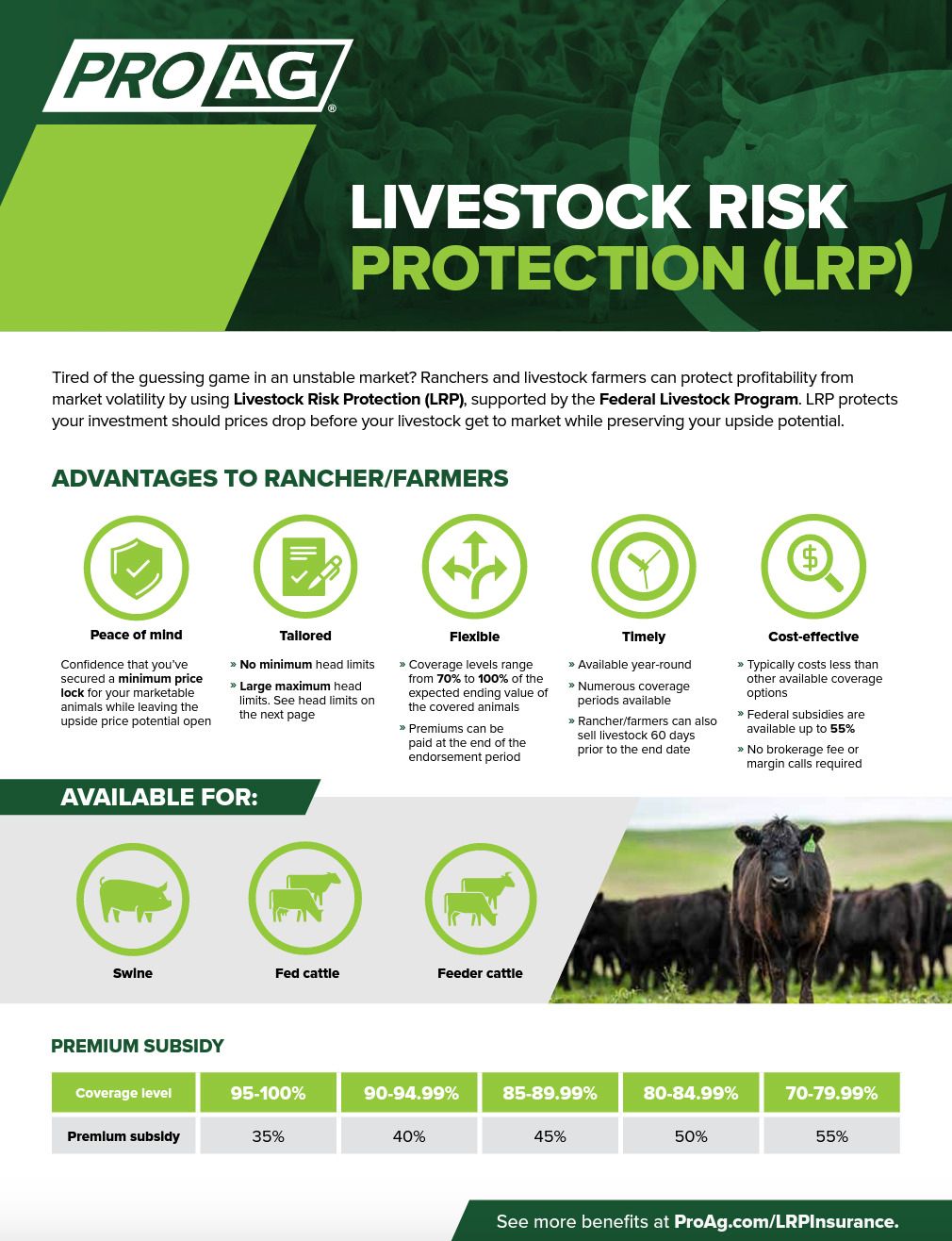The Ultimate Guide To Bagley Risk Management
The Ultimate Guide To Bagley Risk Management
Blog Article
Expert Advice on Danger Analysis and LRP Insurance Solutions

The Significance of Threat Evaluation
Reliable threat evaluation is basic in the decision-making procedure of any kind of organization, leading strategic planning and resource allowance. By methodically identifying, examining, and focusing on possible threats, organizations can expect difficulties, take advantage of possibilities, and make educated options to achieve their purposes. Danger evaluation allows companies to proactively attend to vulnerabilities, mitigate hazards, and enhance their risk monitoring approaches.
One of the key advantages of threat evaluation is its role in enhancing operational performance. By recognizing the possible threats that can influence various aspects of business, companies can enhance processes, assign resources much more efficiently, and decrease the likelihood of pricey disturbances. Risk analysis allows companies to comply with governing needs, protect their online reputation, and construct depend on with stakeholders.
Understanding Potential Losses
To comprehend the impact of danger evaluation, it is imperative to understand the potential losses that can significantly impact a company's operations and financial security. Possible losses can occur from numerous sources, including all-natural catastrophes, economic recessions, operational failings, governing changes, and cybersecurity violations. These losses can lead to straight prices such as residential property damages, lawful expenses, and penalties, along with indirect expenses like reputational damage and loss of market share.
Comprehending possible losses entails conducting a complete analysis of the threats that might appear and estimating the monetary impact they might carry the company. By measuring these potential losses, companies can prioritize threat reduction efforts and allocate sources successfully. Additionally, a thorough understanding of possible losses allows organizations to make informed choices when selecting threat administration methods, such as buying insurance policy protection or applying risk control measures. Bagley Risk Management.
Basically, by acknowledging and understanding prospective losses, organizations can proactively handle risks and guard their long-lasting sustainability and success.
Function of LRP Insurance Coverage Solutions
The combination of LRP insurance coverage services within an organization's threat monitoring framework boosts resilience and strengthens financial security versus unpredicted adversities. LRP, or Loss Recuperation Item, insurance coverage remedies play a critical function in mitigating the effect of potential losses by offering financial security and assistance in times of dilemma. These insurance solutions are tailored to fulfill the certain needs of services, offering protection for numerous dangers such as property damages, business disturbance, obligation claims, and extra.
By transferring the financial risk to an insurance coverage supplier, services can linked here concentrate on their core operations with greater tranquility of mind, recognizing that they are protected against significant economic losses. In addition, LRP insurance policy remedies can enhance a company's risk administration technique by supplementing existing threat mitigation measures and making certain extensive protection throughout all areas of prospective vulnerability.
Identifying Secret Threats
In the process of threat evaluation, a crucial action involves recognizing key threats that have the prospective to influence an organization's procedures and financial visit homepage security. Determining vital dangers requires a comprehensive analysis of interior and external aspects that might position hazards to the organization's objectives. Interior threats may consist of functional inefficiencies, conformity issues, or personnel obstacles, while external dangers can include financial downturns, regulative changes, or natural disasters.

Furthermore, crucial threats ought to be consistently assessed and updated to straighten with the dynamic service environment. This positive approach allows companies to stay in advance of potential dangers and safeguard their lasting success.
Picking the Right Coverage
Having actually recognized the crucial risks that can impact an organization's procedures and financial security, the next crucial step includes carefully selecting the ideal insurance coverage to effectively manage and minimize these risks. When it pertains to picking the appropriate insurance coverage, organizations need to consider their certain danger my sources exposure, monetary abilities, and critical purposes. It is necessary to carry out a thorough evaluation of the available insurance policy options to make certain that the picked insurance coverage lines up with the company's threat monitoring goals.

Organizations ought to work carefully with seasoned insurance policy professionals to examine their risk accounts and identify one of the most suitable insurance policy items to address their requirements. Tailoring insurance policy coverage to specific dangers can assist enhance protection while lessening unnecessary prices. Furthermore, organizations ought to evaluate policy conditions in detail to understand the extent of protection provided and any prospective exclusions that may affect their danger reduction methods.
Verdict
Finally, threat assessment is vital in recognizing possible losses and picking the appropriate LRP insurance policy solutions. By understanding key risks, businesses can mitigate financial influences and protect their properties. It is necessary to carefully analyze and assess risks to guarantee suitable protection is in place. Expert guidance can help browse the intricacies of threat analysis and insurance policy remedies, giving organizations with the necessary devices to properly handle and alleviate threats.
Specialist advice plays an essential role in this procedure, using beneficial understandings into determining and reviewing risks, as well as purposefully picking ideal insurance coverage customized to minimize those threats successfully. A detailed understanding of potential losses allows organizations to make educated decisions when picking risk monitoring strategies, such as acquiring insurance coverage or applying risk control actions.

Report this page